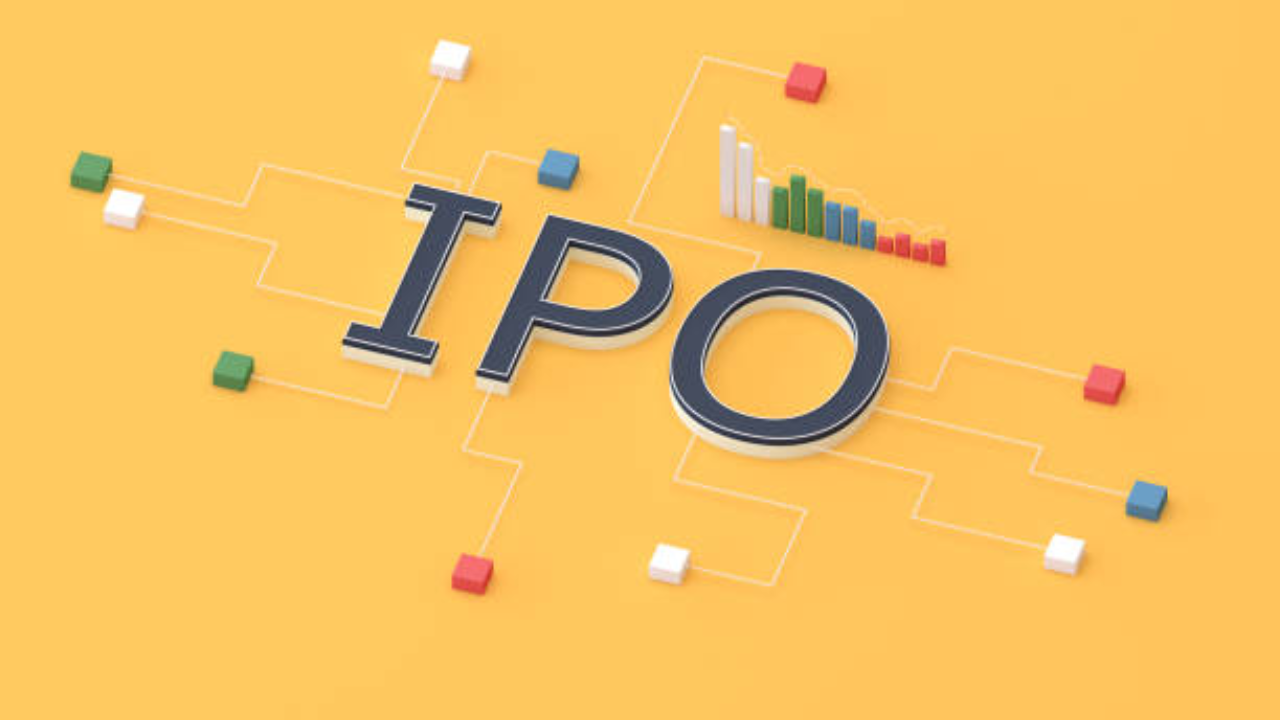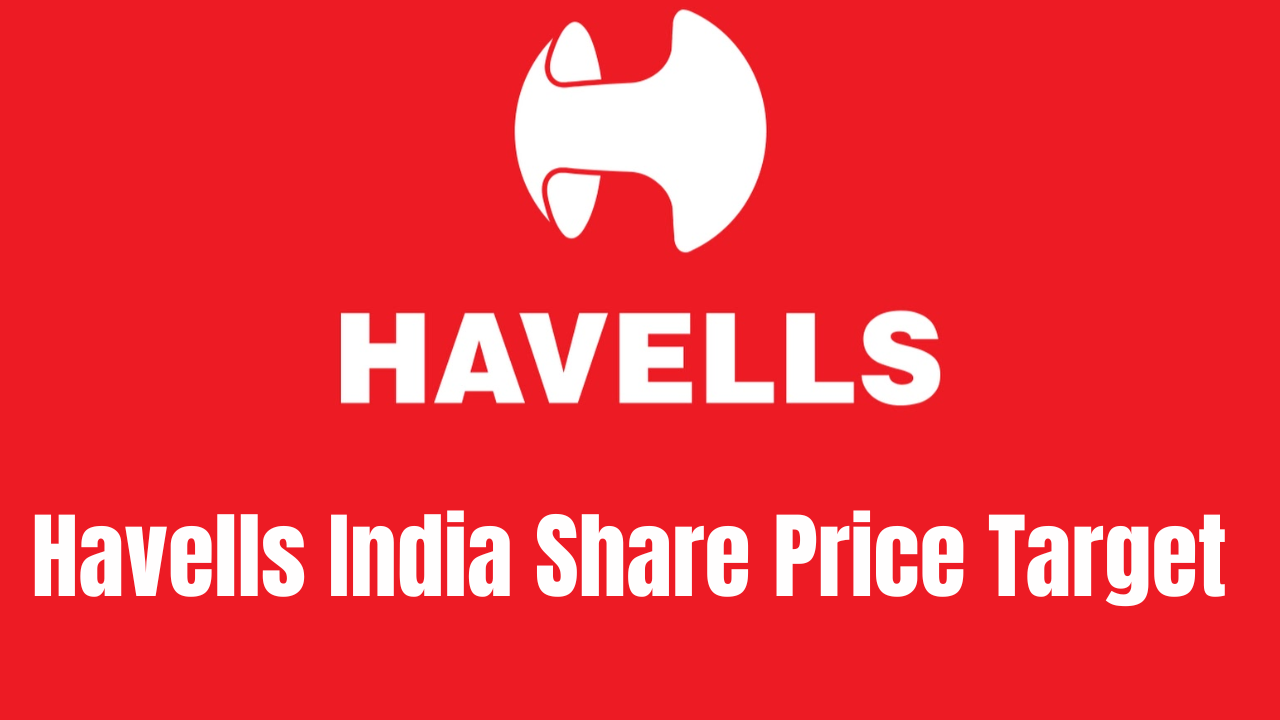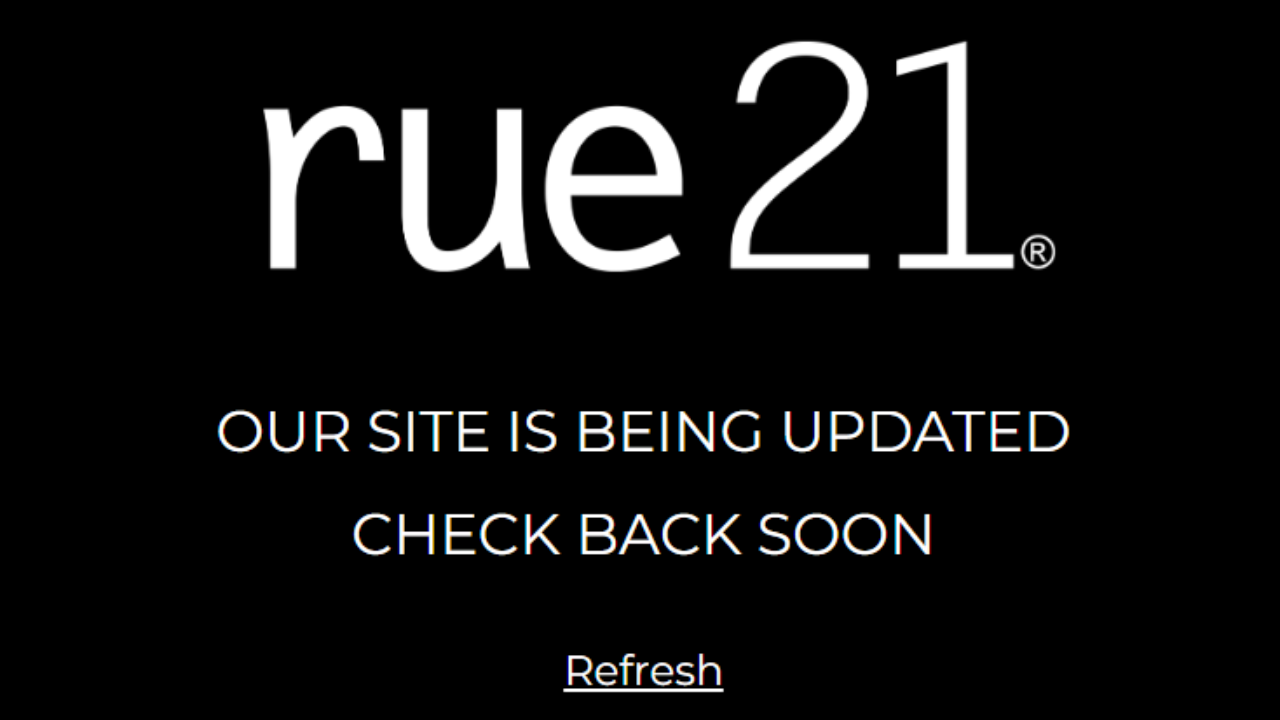
Through the usage of ad hoc reporting, non-technical end users can generate business intelligence (BI) reports not requiring assistance from IT. Ad hoc reports are capable of helping viewers visualize to get practical responses to their queries. These responses can help organizations become more profitable over time, increase their operational effectiveness and grow their business.
Ad hoc reports have a number of benefits over canned reports. Apart from its broader benefits, ad hoc reporting also has unique advantages. Nonetheless, the designer of the reporting tool must adhere to several best practices in order to maximize the benefits of ad hoc reporting.
Ad hoc reporting tools should fulfill the fundamental purpose of giving answers to specific questions by drilling down into the data. Therefore, to generate the best possible ad hoc report, the tool should provide the following features:
1. Availability and access to the right data sources –
With access to several databases in one location, a report can effectively address present and future business queries using all the data that a company holds. Companies can implement controls to individual dashboards using ad hoc reporting solutions with data field features that are easy to modify. These features include sliders, drop-down menus, display filters and conditional formatting. The parameters of the dashboard can be compared to those from other dashboards that use similar data sets.
2. Advanced and basic analytics capabilities –
Both basic and advanced capabilities must be included in ad hoc reporting and ad hoc analysis tools for extracting data and creating fundamental or creating advanced reports. This gives a business user two options: they can create their own queries using a unique SQL box, or they can use an interface with drag-and-drop functionality in which they just need to move the values to evaluate them. Having a sophisticated analytics platform ensures that all pertinent facets of the issue are taken into account, resulting in an in-depth knowledge of the problem at hand. The Ad hoc reporting should also allow the user to examine the data from several angles and help in identifying trends, patterns or correlations that could provide additional insight into the present issue.
3. Enhanced data visualization –
To empower smoother and quicker decision-making process, clear data visuals can provide elevated levels of comprehension with the use of shapes and color codes. It is imperative to choose a tool that can represent data in graphs, charts, tables, pictures, etc. to enhance the value and utility of the ad hoc report.
4. Easy to Use Interface –
Earlier, reports were generated by the IT teams and it was a time-consuming process. But in the fast-paced business environment of today, data processing and analysis need to be quick and easy to allow executives to make decisions based on data. Since most users of ad hoc reporting are business executives and professionals with minimal technical expertise and knowledge, the tool’s interface must be user-friendly. The BI tool should be easy to understand and offer a self-service feature that will help end users generate the ad hoc report with efficiency. [RB1]
5. Adaptability –
Companies that can change and develop with the times succeed. The usefulness of a report is maximized when it has numerous applications. Similar to this, the specifications for an ad hoc reporting tool should change in response to the shifting demands of the organization. The relevance of the tool should be for all business sizes and should be able to scale up with a business that is on a path to growth Additionally, it is not necessary for the flexibility we are discussing to be limited to quantity or numbers. The ad hoc reporting tool’s capacity and capabilities to deal with fluctuations in data volume must also be considered while scaling it. [RB2]
6. Artificial Intelligence features –
Ad hoc reporting tools that are equipped with artificial intelligence empower users to perform advanced exploration of the data and find answers to questions about the future. A predictive analysis tool that helps forecast an appropriate answer based on available historical records is an essential feature in an ad hoc reporting tool. Predictive analytics is an effective method for projecting income creation, restocking of inventory or the expected quantity of incident tickets, done withing a given time frame. Accurate historical data is utilized in the prediction process to determine the estimated due dates.
7. Several options for sharing –
A major goal of ad hoc reporting and data analysis is to facilitate an atmosphere of collaboration amongst departments and coworkers to streamline the process of making decisions. Report creation is not easy enough, so sharing them should be, too. The ad hoc reporting tool should pro[RB3] vide multiple sharing options like sharing through emails, public URLs for creating and sharing a simple link for access and embedded dashboards that can be viewed and manipulated within another application.
Conclusion
Executives and managers will be able to provide enormous value to their company by making ad-hoc reports more accessible. It gives the data teams more time to concentrate on crucial tasks that have been neglected because they were not urgent. Additionally, it enables domain specialists to quickly obtain the information they require to make better decisions. This can assist in creating a better company when its employees are making better decisions.
[RB1]Need to talk about what the feature does. This mentions the feature at the end. Answers the why, not the how.
[RB3]This heading should be related to collaboration, which is bigger topic.






























